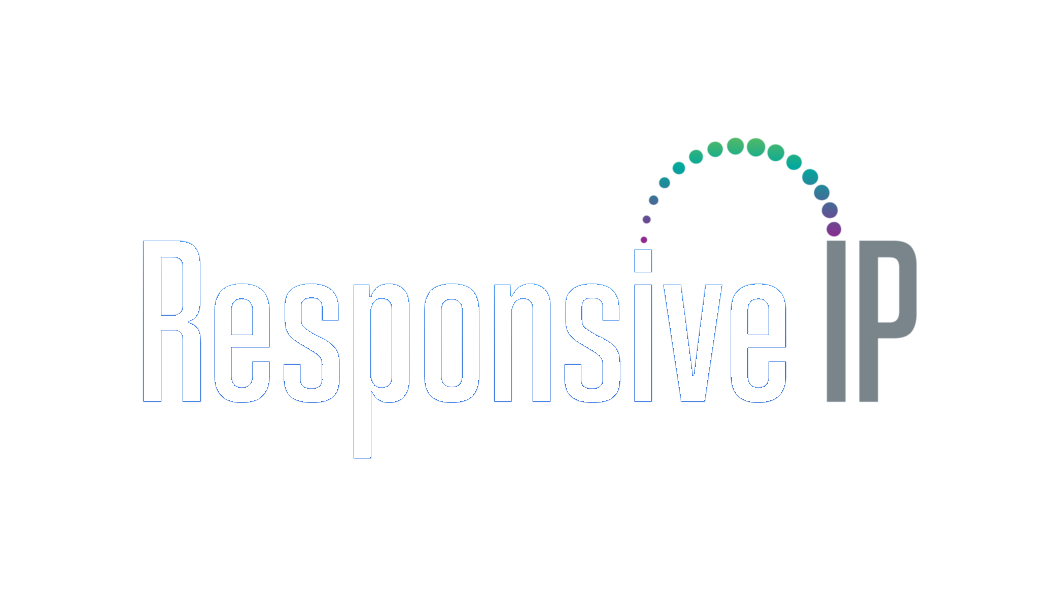VoIP vs. Cloud Telephony

Step 1: Popular Questions and Outlines
- What are the key differences between VoIP and Cloud Telephony?
- How do VoIP and Cloud Telephony impact business communication?
- Are there security concerns with VoIP and Cloud Telephony?
- Which is more cost-effective, VoIP or Cloud Telephony?
- What features distinguish VoIP and Cloud Telephony services?
- How do scalability and flexibility compare between VoIP and Cloud Telephony?
- What challenges do businesses face when implementing VoIP or Cloud Telephony?
- Can VoIP and Cloud Telephony integrate with existing systems?
- What future trends can we expect in VoIP and Cloud Telephony?
- Which industries benefit the most from VoIP and Cloud Telephony solutions?
Step 2: Exploring Key Differences between VoIP and Cloud Telephony
VoIP (Voice over Internet Protocol) and Cloud Telephony are two leading communication technologies, each with its unique set of features and advantages. Let’s delve into the key differences that set them apart.
1. Infrastructure
VoIP relies on an internet connection to transmit voice data. It often requires on-premise hardware like IP phones and servers. On the other hand, Cloud Telephony operates over the internet but hosts all infrastructure off-site in the cloud, reducing the need for extensive on-premise equipment.
2. Cost Implications
VoIP systems usually involve significant upfront costs for hardware and maintenance. In contrast, Cloud Telephony operates on a subscription-based model, offering a more predictable and scalable cost structure.
3. Maintenance and Upgrades
With VoIP, businesses are responsible for system maintenance and upgrades. Cloud Telephony, being hosted off-site, shifts this responsibility to the service provider, ensuring the system remains up-to-date without requiring direct intervention from the user.
4. Scalability
VoIP systems may face limitations in scalability due to on-premise infrastructure constraints. Cloud Telephony, being cloud-based, easily scales to accommodate growing communication needs, making it more suitable for businesses with expansion plans.
5. Accessibility
VoIP relies heavily on the quality of the internet connection. In contrast, Cloud Telephony offers greater accessibility as it can be accessed from any location with an internet connection, promoting remote work and flexibility.
6. Customization
VoIP systems often require more in-depth IT expertise for customization. Cloud Telephony services, designed with user-friendly interfaces, allow businesses to customize features without extensive technical knowledge.
7. Reliability
While both technologies are generally reliable, VoIP may experience downtime in case of local internet issues. Cloud Telephony, distributed across multiple servers, provides enhanced reliability and ensures continuous service availability.
8. Integration
VoIP systems might require additional integration efforts to connect with other business applications. Cloud Telephony, designed with integration in mind, seamlessly connects with various tools, enhancing overall business efficiency.
9. Security
VoIP and Cloud Telephony both prioritize security, but the implementation may differ. VoIP systems may require additional security measures, whereas Cloud Telephony providers often employ advanced security protocols and encryption to safeguard communication.
10. Future Trends
As technology evolves, both VoIP and Cloud Telephony will continue to witness advancements. The integration of artificial intelligence, improved security measures, and enhanced collaboration features are expected trends in the future of communication technologies.In this dynamic landscape, understanding the nuances between VoIP and Cloud Telephony becomes crucial for businesses seeking effective and efficient communication solutions. Stay tuned as we explore more aspects in the following sections.
Step 3: Impact of VoIP and Cloud Telephony on Business Communication
The advent of VoIP and Cloud Telephony has revolutionized the way businesses communicate, bringing forth unparalleled advantages and transforming traditional communication models.
1. Enhanced Collaboration
VoIP and Cloud Telephony facilitate seamless collaboration among team members, irrespective of their physical location. Features like video conferencing, file sharing, and real-time messaging contribute to a more connected and productive workforce.
2. Flexibility in Communication
Businesses benefit from the flexibility offered by both technologies. VoIP enables users to make calls using a variety of devices, while Cloud Telephony ensures accessibility from any location with internet connectivity, promoting a more flexible work environment.
3. Improved Cost Efficiency
The cost implications of adopting VoIP or Cloud Telephony extend beyond initial setup expenses. VoIP may incur higher maintenance costs, while Cloud Telephony’s subscription-based model ensures a more predictable and potentially cost-effective communication solution.
4. Seamless Scalability
Scalability is a critical factor in the growth of any business. Cloud Telephony’s inherent scalability allows businesses to effortlessly adapt to changing communication needs, ensuring a smooth transition during periods of expansion.
5. Integration with Existing Systems
VoIP and Cloud Telephony differ in their approach to integration. VoIP systems may require additional effort to integrate with existing business applications, while Cloud Telephony services are designed for seamless integration, minimizing disruption to existing workflows.
6. User-Friendly Interfaces
The user interface plays a crucial role in the adoption of communication technologies. VoIP systems may have a steeper learning curve, especially for customization, whereas Cloud Telephony services often feature intuitive interfaces, empowering users to make adjustments without extensive technical knowledge.
7. Adapting to Remote Work
The global shift towards remote work has accelerated the demand for flexible communication solutions. Both VoIP and Cloud Telephony contribute to creating a remote-friendly work environment, ensuring employees can stay connected and productive from any location.
8. Data Security Measures
Security is paramount in business communication. VoIP and Cloud Telephony providers prioritize data security, but the approaches may vary. VoIP systems might require additional security measures, while Cloud Telephony services often employ advanced encryption and security protocols.
9. Industry-Specific Benefits
Certain industries may find specific advantages in either VoIP or Cloud Telephony. Understanding the unique requirements of industries such as healthcare, finance, or retail is crucial in selecting the most suitable communication solution.
10. Future Trends in Business Communication
The future of business communication is shaped by evolving technologies. Artificial intelligence integration, enhanced security features, and continued improvements in collaboration tools are expected to define the trajectory of both VoIP and Cloud Telephony.As businesses navigate the dynamic landscape of communication technologies, the choice between VoIP and Cloud Telephony becomes a strategic decision. In the next section, we’ll address common concerns regarding security in both communication solutions.


